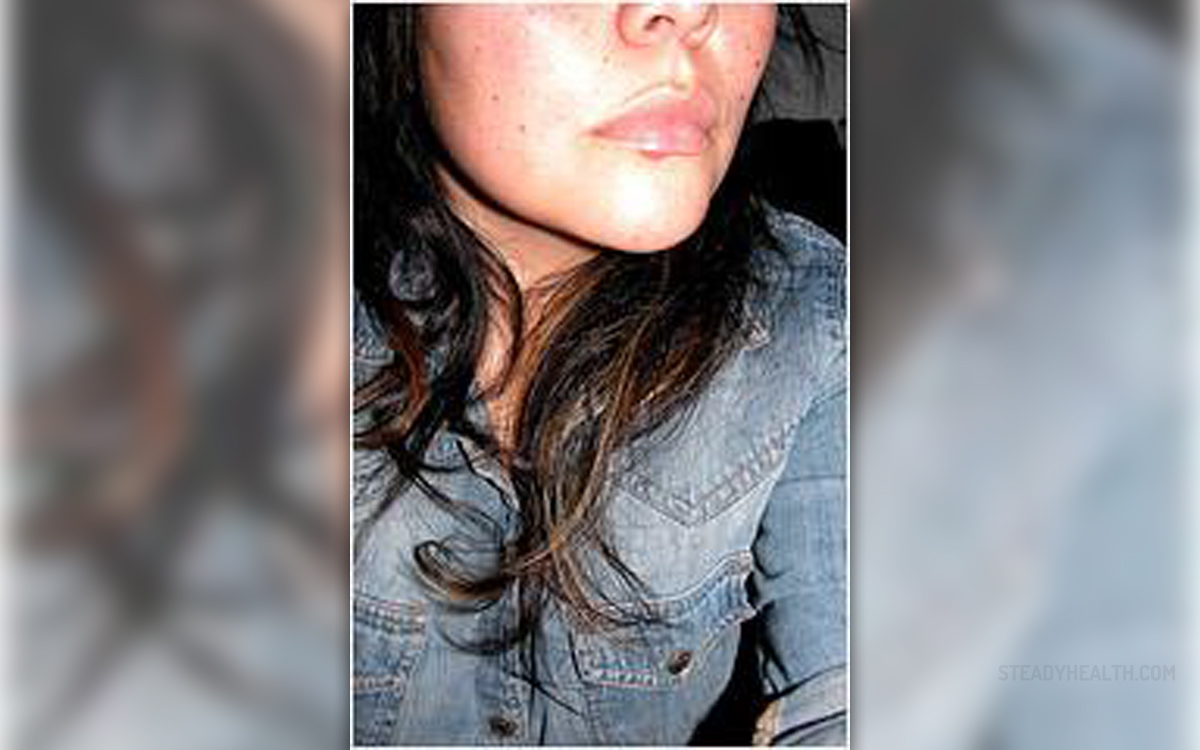
Fever blisters are, basically, painfullesions which most commonly appear on the lips, inside the nasal areaor on the skin around the eyes. These blisters are caused by theherpes simplex virus type 1, carried by about 65% of the entire humanpopulation.
Fever Blisters Complications
The main symptom related to feverblisters is pain, and the appearance of blisters on the affectedparts of the body. However, there is a set of events which lead tothe formation of fever blisters.
Namely, initially, people whoexperience the outbreak of the herpes virus infection have fever andswollen lymph glands in the neck. Once this appears, the areas wherethe fever blisters will appear become painful and itchy, usuallyleading to burning sensations affecting the nose and the mouth area.Then, after a couple of hours or days, the affected area turns redand small fever blisters appear, usually multiplying later andbecoming more severe, forming a large blister called a cold sore onceit bursts and forms a crust.
When the painful and unsightly blisterbursts and forms a crust, the healing stage commences. The crustturns yellow-brownish, resembling the one which appears duringchicken pox infections. Finally, once this stage is over, thesymptoms of the virus disappear and the affected person recoverscompletely. However, the virus does not leave the body but, rather,becomes dormant until the next outbreak.
Some of the situations which activatethe breakouts are skin traumas, menstruations, excessive exposure tosun rays, stress, fevers and many other states of affairs which arerelated to a compromised immune system.
Even though fever blisters usually haveto go through their course in order to disappear, there aremedications which can make the whole process less disturbing. Thesemedications are usually oral or topical, helping people whofrequently suffer from cold sores or fever blisters to prevent theseconditions and protect themselves.
How are Blisters Spread?
Most people get infected with thisvirus when they are younger than 10. Once infected, the virus staysinside the body of its host for the rest of his/her life, remainingdormant but activating itself every now and then, when the conditionsfor this are adequate. When this happens, fever blisters or coldsores appear on the surface of the skin.
Fever blisters are contracted bygetting in contact with the fluid in the blisters of other affectedindividuals. Basically, this fluid is full of virus and others mayeasily get infected through sharing towels or clothes, as well as theeating utensils and any other forms of personal belongings. Kissingis, perhaps, the most direct way of spreading the infection.
Therefore, the fever blister infectionis known to be highly contagious and in order not to contract it, youhave to pay attention to your personal hygiene quite a bit.Additionally, if you get infected, high levels of personal hygienemay help you alleviate some of the symptoms related to feverblisters.
Bear in mind that, even though thisrarely happens, you can transfer this virus to your genital area,triggering a whole different type of health problems. Therefore, donot touch your face when you experience fever blisters and do nottouch your genitals without previously washing your hands thoroughly.
Some people who get infected with thisvirus do not show any of the symptoms of the exposure. In fact, up to30% of all people experience no symptoms during their initial herpesinfection. Once they appear, the fever blisters are usually there tostay for about 10 days, being extremely painful and leading to highlevels of discomfort.
In order to prevent this virus fromspreading, you are advised to stay away from the mucus from otherpeople's lesions. Also, be careful and abstain from touching yourexisting fever blisters, let alone squeezing them, pinching orpicking them.
When infected and suffering from feverblisters, do not spread the virus onto other people. Rather, do notmake physical contact between the outbreak on other individuals andwash your hands meticulously before and after touching the blisters,bearing in mind that, even when you do not have any blisters, you cantransfer the herpes infection onto someone else.
If you are not sure how to actregarding the fever blister treatment and prevention of spreading,contact your doctor and ask for information and treatment. He/shewill probably recommend a 5% acyclovir ointment. Yet, keep in mindthat herpes cannot be cured, only maintained and controlled.
All in all, fever blisters, being smallblisters appearing on the facial area, around the eyes, inside thenose or on and in the mouth, as well as on the cheeks and the chin,are very contagious and lead to about 10 days of pain and discomfort.The blisters take place due to the herpes simplex type 1 viralinfection. Even though the infection cannot be stopped once the feverblisters occur, you can contact your doctor for advice and treatmentsuggestions.


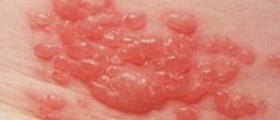


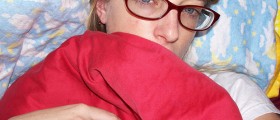
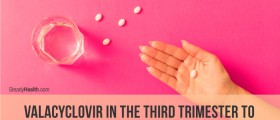
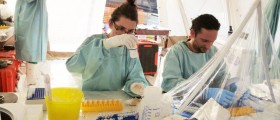

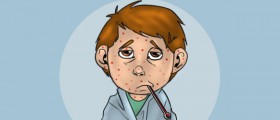

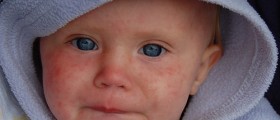
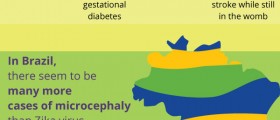
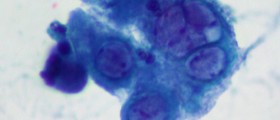
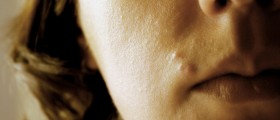
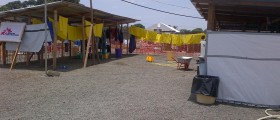

Your thoughts on this
Loading...